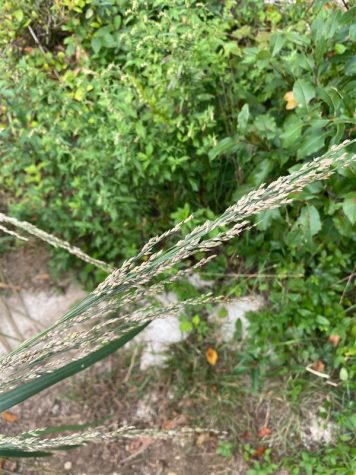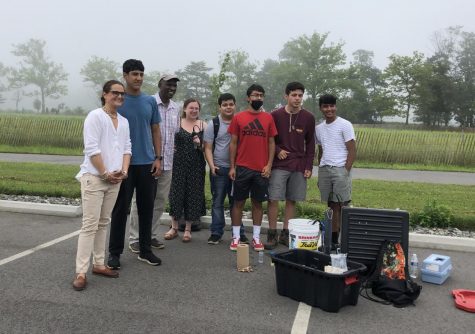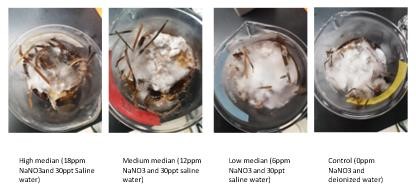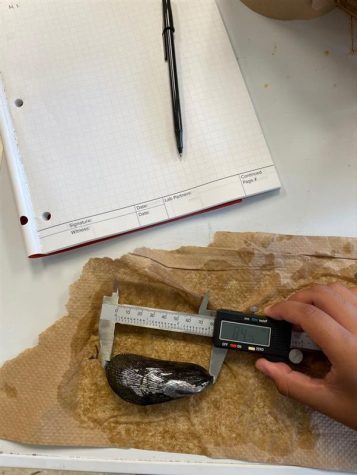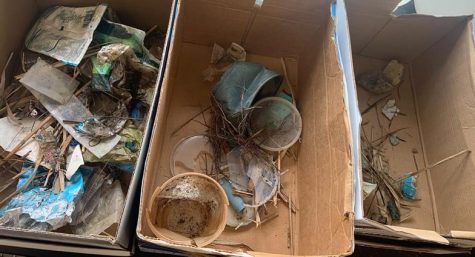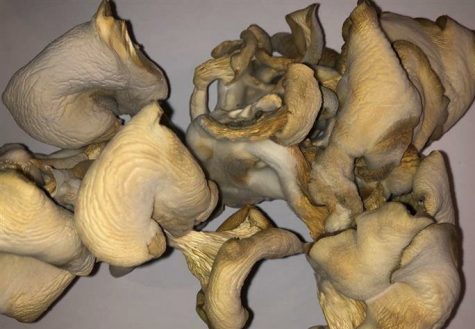Rebuilding Long Island Salt Marshes
A project by Roberto Lopez, Ricardo Lopez, and Ashley Santin conducted in Mrs. Medwig’s Research course.
June 4, 2020

Salt marshes are coastal wetlands that are responsible for water purification, erosion control, nutrient sequestration and nursery habitats for fish. They also protect citizens from storms by absorbing aggressive wave action. Without salt marshes a landmass could be slowly eroded away. The more a salt marsh is hit by a wave the faster it erodes. For our project we questioned: What is the effect of guar gum and xanthum gum on the salt marsh plant Spartina alternifloira?
This project idea was a result of the efforts of Brentwood 2019 graduate Ahmad Perez. We wanted to continue the research efforts of Perez, the 2019 Regeneron Science Talent Search Finalist. We participated in a salt marsh restoration and obtained plants to conduct our research. In the lab, we grew the salt marsh plant Spartina alterniflora and added varying concentrations of guar gum and xanthan gum.
Guar gum and xanthan gum are food additives which start out as a powder and harden as you add water. These additives can be manipulated to be as hard as cement. Knowing this, we created multiple samples of Guar gum and xanthan gum with thick gel like textures to mix in with the soil. We then assessed the soil and root structure. With the perfect concentration, the plants were not only capable of growing but increased in strength as well.

Our results showed that the Guar gum seemed to be killing the plants. However, the xanthun gum did not harm the plants at all. These findings suggest that xanthan gum could become revolutionary in the salt marsh community world- wide as it could strengthen salt marshes and decrease drastic landmass erosion. Our project was recognized as the Samsung Solve for Tomorrow NYS finalist and awarded $15,000 for the district.
To learn more about the projects conducted in Dr. Grella’s and Mrs. Medwig’s Research courses, visit http://letssciencethat.org



